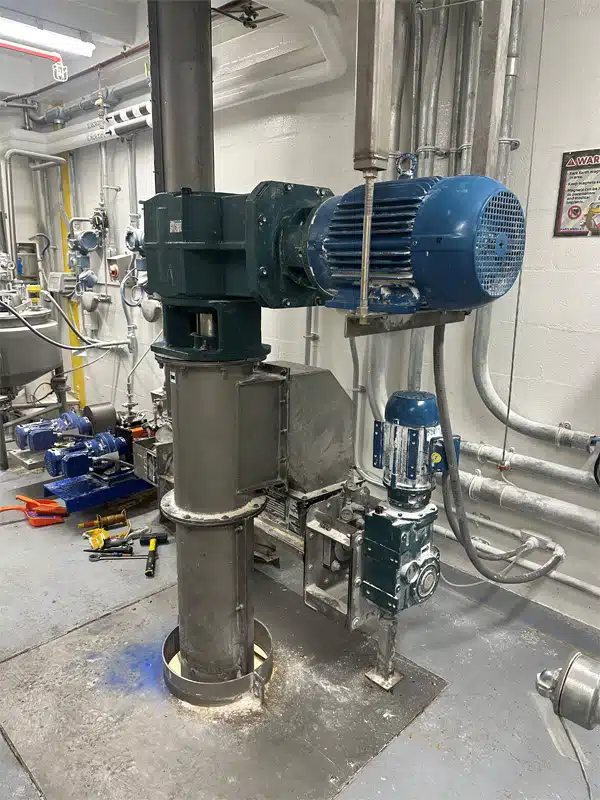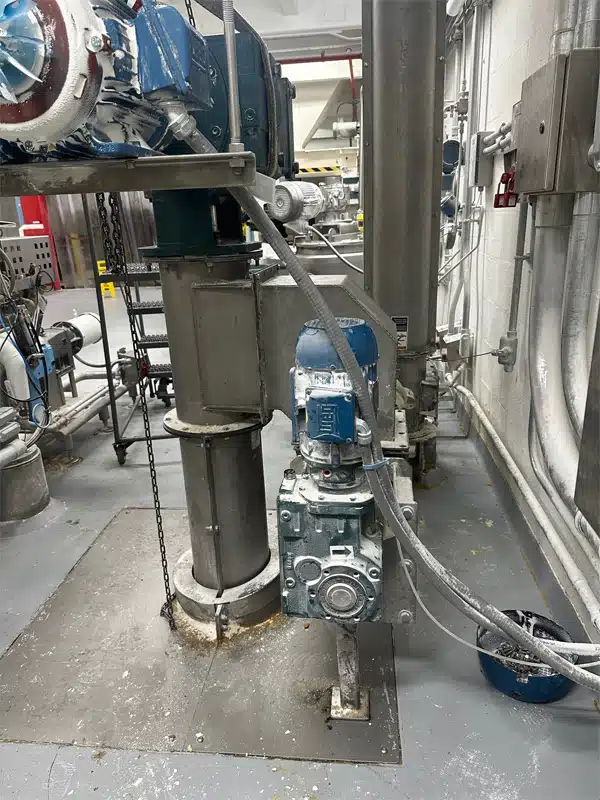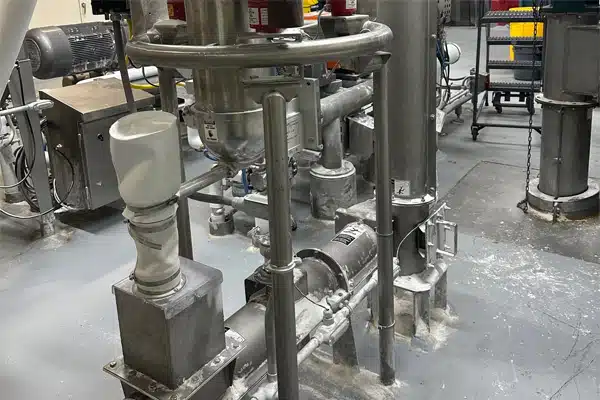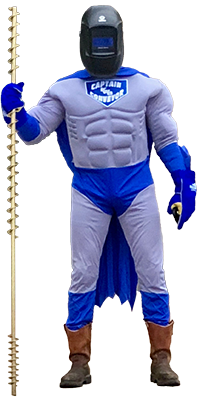Importance of Supporting a Vertical Screw Conveyor
Question
I have a vertical screw conveyor to transport and elevate wood chips from a horizontal conveyor. The system works great but when we turn it on the vertical screw conveyor sways back and forth and is quite loud. Is there anything we can do to get the swaying under control and reduce the noise?
<!–Answer
When operating your vertical screw conveyor, it is important to understand that once the wood chips are introduced, the additional weight can cause the vertical screw conveyor to temporarily become unbalanced and tend to move about. Lateral supports are required to eliminate the movement and reduce noise.
A vertical screw conveyor must always be supported at the inlet end by securing the base to the floor. The top or discharge end must also be rigidly supported to prevent movement. The drive unit cannot be allowed to move. Excessive drive movement will cause fatigue failure of the drive shaft and drive connection. KWS also recommends intermediate supports at the tubular housing connections. Bolt-on feet are available for field installation. Welding supports directly to the housing is not recommended because the supports cannot be adjusted if needed.
Properly supporting a vertical screw conveyor will provide many years of uninterrupted operation and greatly reduce downtime and maintenance costs. Please refer to the KWS Vertical Screw Conveyor Engineering Guide for additional information.

Drive End is Rigidly Supported to Eliminate Drive Movement

Vertical Screw Conveyor Housing is Supported at Floor Penetration

Inlet End is Supported by Securing Base to Floor






